Quantum Gravity and Black Holes
Video Briefs
One of the most striking predictions of the general theory of relativity is the formation of…
Black hole and cosmological horizons -- from which nothing can escape according to…
Related News
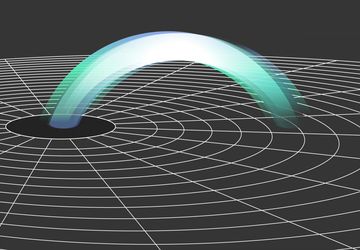
Lucy Reading-Ikkanda/Quanta Magazine
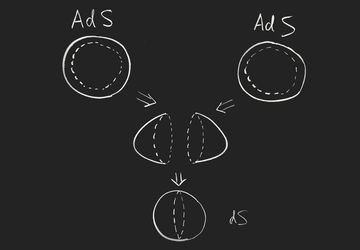
A sketch by Xi Dong of the cutting, warping and gluing procedure that he and his colleagues used to construct a hologram of a de Sitter universe.
The fabric of space and time is widely believed by physicists to be emergent, stitched out of quantum threads according to an unknown…
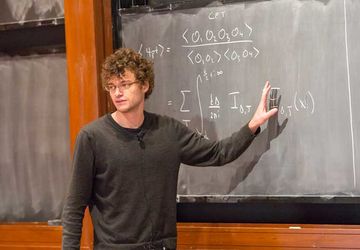
Douglas Stanford's work as a theoretical physicist at the Institute for Advanced Study in Princeton, N.J., has already revealed new…

Image credit: L.A. Cicero
Douglas Stanford has won the 2018 Breakthrough New Horizons Prize in Physics for work that uses chaos to better understand the links…
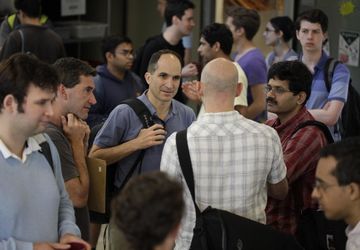
Researchers chat during a coffee break at the It From Qubit summer school
Photo: JB Park, Perimeter Institute
The first It From Qubit collaboration workshop and summer school was held at the Perimeter Institute in Waterloo, Canada in July, 2016…
Related Events
Abstract: We all believe that quantum gravity should have something to say about what happens close to the singularity. Yet, to extract such lessons from the boundary theory is a challenging endeavor. Some 20 odd years ago, Fidkowski, Hubeny…

In this talk I will present recent results about the computational complexity of determining homology groups of simplicial complexes, a fundamental task in computational topology. In arXiv:2209.11793 we showed that this decision problem is QMA1-…

String stars, or Horowitz-Polchinski solutions, are string theory saddles with normalizable condensates of thermal-winding strings. In the past, string stars were offered as a possible description of stringy (Euclidean) black holes in…
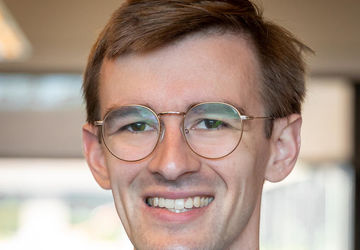
I will introduce a critical string theory in two dimensions and explain that this theory, viewed as two-dimensional quantum gravity on the worldsheet, admits an equivalent holographic description in terms of a double-scaled matrix integral. The…

The Bekenstein bound posits a maximum entropy for matter with finite energy confined to a spacetime region. It is often interpreted as a fundamental limit on the information that can be stored by physical objects. In this work, we test this…
